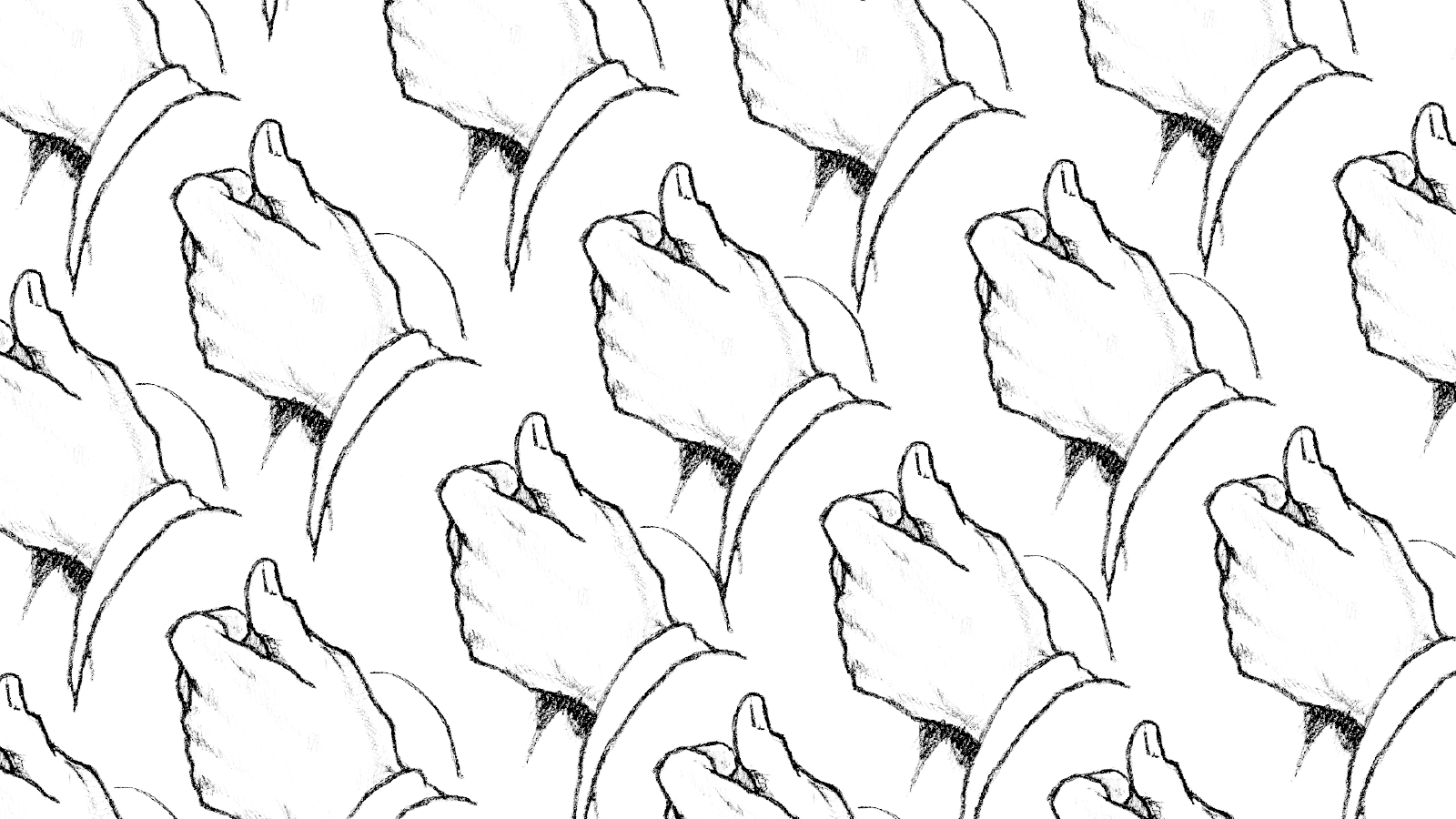#29 - Breaks Can Make You Much More Productive As An Artist, So Take Breaks
Seriously. Rest is a part of the creative process.In this video, I am using a free online tool that I created. It allows you to select a photo reference to practice drawing from, which is, of course, nothing new.
What is new is that you can see your drawing through the camera on your mobile with the reference image transparently overlaid over your drawing.
This camera view allows you to see where you deviated from the reference. You can freeze the image, save it, and then use it to “fix” your drawing.
You can try it out for yourself here:
Augmented Reality For Artists!
Reference image used in video: Abraham Bloemaert, RP-T-1984-1 , courtesy Rijksmuseum Amsterdam.
Long ago, when I was at university, I had a fantastic summer job: I got to write apps or plugins for a cad cam program for my uncle during the summer. It was a super-sweet gig and made me almost as much as I was allowed to earn as a student for the entire year, which meant I could focus on studying—or rather, should I say, student life—the rest of the year.
My uncle would pay me a fixed price for delivery. “Great!” I thought. I’d just put in long hours, and then I would be finished much sooner and have some time off. I remember one day putting in 17 hours and noticing that in the last few hours, all I was doing was pushing the cursor up and down, up and down. I thought I was still doing something, but in reality, my brain was fried. I was too tired actually to do something, and I’d just stare at a problem for hours.
The following day, fresh, rested, and showered, I fixed the problem in a few minutes.
Later, I remember getting stuck with a programming problem. I went home, slightly frustrated, but I put it out of my mind and went shopping for groceries. There, in the supermarket, as if out of nowhere, suddenly a fully formed solution popped into my head! My subconscious had been working, chugging along while my conscious brain was taking a break.
Stan Prokopenko and Marshall Vandruff interviewed Dr. Eddie O'Connor on their YouTube channel Draftsmen .
Dr. Eddie O’Connor specialized in coaching athletes and such. He specializes in the psychology of performance.
He mentioned somewhere that he focused first on the sleeping habits of the athlete before anything else. All the other things he can help with won’t work if the athlete doesn’t have a healthy sleeping pattern and sleeps long and well enough.
The Pomodoro Technique is all about taking breaks. The idea is to take a kitchen timer—which sometimes looks like a tomato, hence the name Pomodoro which is Italian for tomato—and set the timer to twenty-five minutes, and then work non-stop until the alarm goes off. Then you take a five minute break, getting up, walking around, stretching. And then you repeat the process, taking a longer break every fourth Pomodoro or so. The amazing thing is that this helps you keep going for longer. These short breaks prevent you from getting exhausted.
I’ll say that the Pomodoro technique usually breaks down for me when I am programming. I tend to get completely immersed and lost in the activity. For drawing, it works well to keep me going.
Whether programming, drawing, making YouTube videos, I always tend to work with a very high focus and intensity for a short time, and then I tend to take a short break for a few days. That’s when you see me waste time and draw cartoons instead.
All this is to say that it is hugely important to take breaks and to rest well!
Resting makes you more productive and makes you achieve more than you would have if you had not taken the breaks.
Resting is productive!
Look at your process and how breaks and resting factor into your activities. See it as part of your creative process! You’ll feel better and produce more and better work as well.
